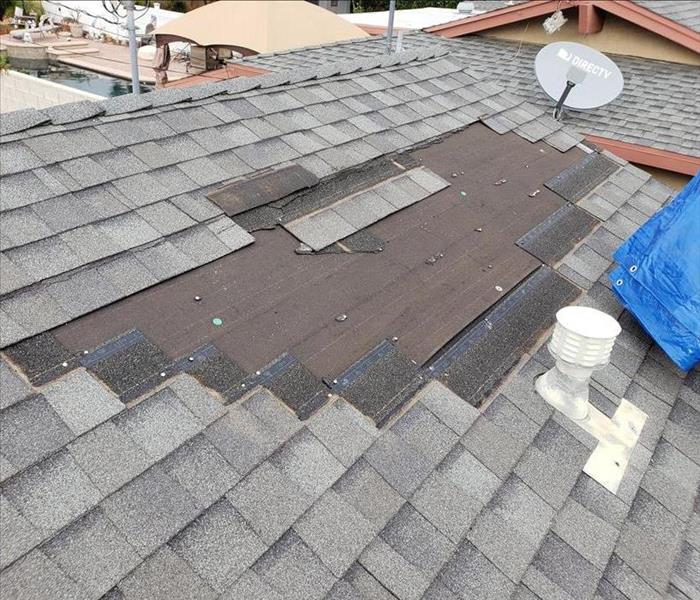10 Simple Steps to Protect Your Home Against Water Damage
2/14/2024 (Permalink)
Water damage poses a significant threat to the integrity and safety of your home. As a seasoned professional in the restoration industry, we've witnessed the impact of water damage firsthand and understand the importance of proactive measures in protecting your home. Here are 10 practical and straightforward ways to protect your home against water damage:
- Regular Maintenance Checks
Schedule routine inspections of your home's plumbing, roof, and gutters. Look for leaks, cracks, or signs of wear and tear. Promptly address any issues to prevent potential water intrusion.
- Maintain Gutters and Downspouts
Clear debris from gutters and downspouts regularly to ensure proper drainage. Clogged gutters can lead to water overflow and cause damage to your home's foundation.
- Proper Landscaping
Ensure the landscape around your home slopes away from the foundation. Proper grading helps direct water away from the house, preventing water accumulation around the foundation.
- Seal Cracks and Gaps
Seal any cracks or gaps in walls, windows, and doors to prevent water infiltration during heavy rains or storms. Use caulk or weatherstripping to seal these vulnerable areas.
- Check Appliances Regularly
Inspect appliances like washing machines, dishwashers, and refrigerators for leaks or worn-out hoses. Replace hoses and connections if necessary and address any leaks promptly.
- Maintain Sump Pump
If your home has a sump pump, ensure it is in good working condition. Test it periodically to ensure proper functioning, especially before the rainy season.
- Install Water Detection Devices
Consider installing water detection devices or alarms in areas prone to water damage, such as basements or near water heaters. These devices can alert you to potential leaks or water accumulation.
- Monitor Water Pressure
Excessive water pressure can strain pipes, leading to leaks or bursts. Use a pressure gauge to monitor and regulate water pressure, keeping it within recommended levels.
- Inspect the Roof
Regularly inspect your roof for missing or damaged shingles. Repair or replace damaged roofing materials to prevent water from seeping into your home.
- Protect Outdoor Faucets
If the temperature drops below freezing, remember to insulate outdoor faucets and pipes to prevent freezing and potential bursts during winter months. Disconnect and drain hoses before winter weather sets in.
By implementing these simple yet effective measures, you can significantly reduce the risk of water damage to your home. Regular maintenance, proactive inspections, and addressing issues promptly are key to protecting your home against potential water-related disasters. Remember, a little prevention goes a long way in protecting your home and preserving its integrity.





 24/7 Emergency Service
24/7 Emergency Service
